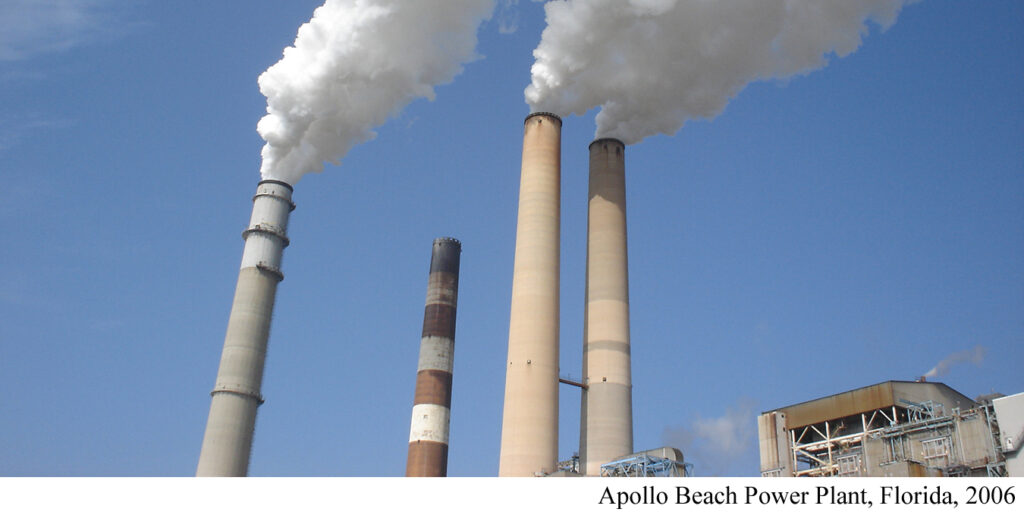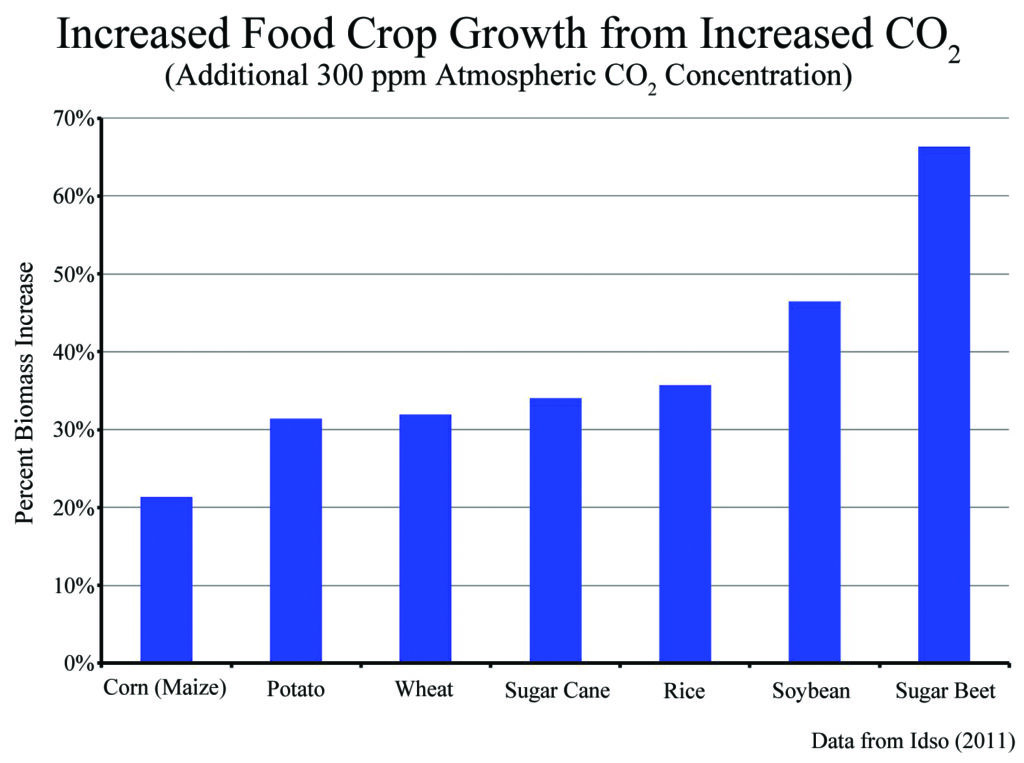Carbon Language in Global Error
By Steve Goreham -- September 5, 2023“Labeling carbon dioxide ‘carbon’ is as foolish as calling salt ‘chlorine.’ Carbon and carbon dioxide (CO2) are completely different substances…. Suppose we start calling CO2 ‘carbon dioxide’ and quit referring to it as a pollutant?”
Political and business leaders, educators, and the news media endlessly talk about “carbon.” Newscasters repeatedly warn about “carbon emissions” and “carbon pollution.” States and provinces announce “zero carbon” goals. The United Nations and environmental groups push for a “low-carbon” and a “carbon-neutral” society. But instead, they should all be talking about “carbon dioxide,” not carbon.
Labeling carbon dioxide “carbon” is as foolish as calling salt “chlorine.” Carbon and carbon dioxide (CO2) are completely different substances. The term “carbon” conveys an image of black pencil lead or soot, but CO2 is an invisible gas. It appears that CO2 is deliberately being misnamed to convey a negative image.
Emissions of carbon dioxide by industry are blamed for enhancing Earth’s greenhouse effect and causing dangerous global warming. As a result, leaders across the world talk about “carbon pollution.” Former EPA Administrator Gina McCarthy said,
“I view climate as a pollution problem. It is, in my words, carbon pollution. It’s just like every other pollutant.”
Ms. McCarthy and others should be using the term “carbon dioxide.” But in addition, the idea that carbon dioxide is pollution is one of the greatest misconceptions of our time.

Carbon dioxide is not a pollutant. It’s an odorless, harmless, invisible gas. It doesn’t cause smoke or smog. The white cloud rising from the cooling tower of a power plant (above photo) isn’t carbon dioxide, it’s condensing water vapor. You can’t see carbon dioxide.
We inhale only a trace of CO2, but as we burn sugars in our bodies, we continuously produce carbon dioxide. Every time each one of us exhales, we exhaust air with 100 times the carbon dioxide concentration that is in the atmosphere. The average person exhales about two pounds (0.9 kilograms) of CO2 per day.
Climate scientists agree that Earth’s dominant greenhouse gas is not carbon dioxide or methane, but water vapor. Water vapor and clouds are responsible for between 70 percent and 90 percent of Earth’s greenhouse effect.
High school chemistry teaches that the equation for combustion is:
Fuel + O2 + Heat → CO2 + H2O
For example, when natural gas is burned, two water vapor molecules are exhausted for each molecule of carbon dioxide produced. If we label carbon dioxide a pollutant because it is emitted by industry and enhances Earth’s greenhouse effect, then sensible logic requires us to also call water a pollutant, a bizarre result.
As a matter of fact, CO2 is green! Carbon dioxide is plant food. Hundreds of peer-reviewed studies show that CO2 makes plants grow bigger and faster. Plants grow larger fruits, larger vegetables, thicker stems, and bigger root systems, and they are more resistant to drought with higher levels of atmospheric carbon dioxide. Studies show that all 45 of the crops that provide 95 percent of the world’s total food production grow significantly larger with increased levels of CO2. Carbon dioxide joins water and oxygen as one of the three essential substances for life on Earth. Yet many companies and most universities now foolishly measure their “carbon footprint” and strive to reduce CO2 emissions.

The term “carbon footprint” is meant to describe the amount of carbon dioxide emitted by persons or groups due to the combustion of hydrocarbon fuels. But everything we do in modern society emits carbon dioxide. The manufacture, transportation, and construction of wind turbines, solar cells, heat pumps, and electric vehicles all produce CO2 emissions, just like most every other activity in modern society.
Carbon capture and storage (CCS) is another mislabeled remedy proposed to try to halt global warming. But no carbon is captured, only carbon dioxide gas. In addition, 72 percent of the gas captured is oxygen by molecular weight. It would be more accurate to call CCS “oxygen capture and storage.”
Suppose we start calling CO2 “carbon dioxide” and quit referring to it as a pollutant?
__________
Steve Goreham is a speaker on energy, the environment, and public policy. His most recent book, just published, is Green Breakdown: The Coming Renewable Energy Failure. (see synopsis here). His previous posts at MasterResource can be viewed here.
An implication of this is that CO2 is not a pollutant outside of extremely high levels in confined places.
https://skepticalscience.com/at-a-glance-pollutant.html
The inaccurate use of the word “carbon” instead of the correct “carbon dioxide” or “CO2” is one of my pet peeves. It drives me nuts.
In fact, I tend to automatically dismiss the opinion of anyone who uses “carbon” as a shorthand substitute for the correct version. If they’re going to be lazy or inaccurate about that, I can’t help but think they’re going to be lazy and/or inaccurate about other things.
These objections are trivial, Carbon remains the common denominator of fuels of variable chemistry, and the radiative climate problem is not greatly dependent on the hydrogen in methane or the hydrogen , nitrogen and oxygen in coal and oil.
To avoid ending up on the short end of John McCarthy’s observation that those who refuse do arithmetic are doomed to talk nonsense. you need but learn the molecular weights of the light elements and how to to multiply by .27
Is there a difference between carbon and carbon dioxide? If so, accuracy is important for a global greening agent, not carbon black.
There are 200 comments at WUWT, “The world’s most viewed site on global warming and climate change.”
https://wattsupwiththat.com/2023/09/06/carbon-language-in-global-error/
Fuel + O2 + Heat → CO2 + H2O
So burning fuel sucks in heat?
No, the formula looks like:
HydroCarbon + O2 = CO2 + H2O
Heat is a product, and would be indicated by an arrow comming off the equals sign and labled, heat